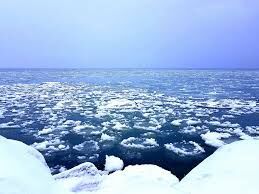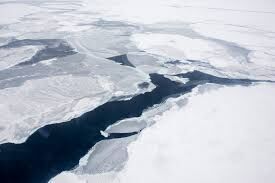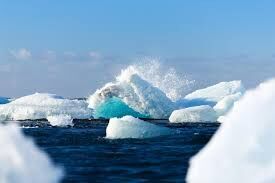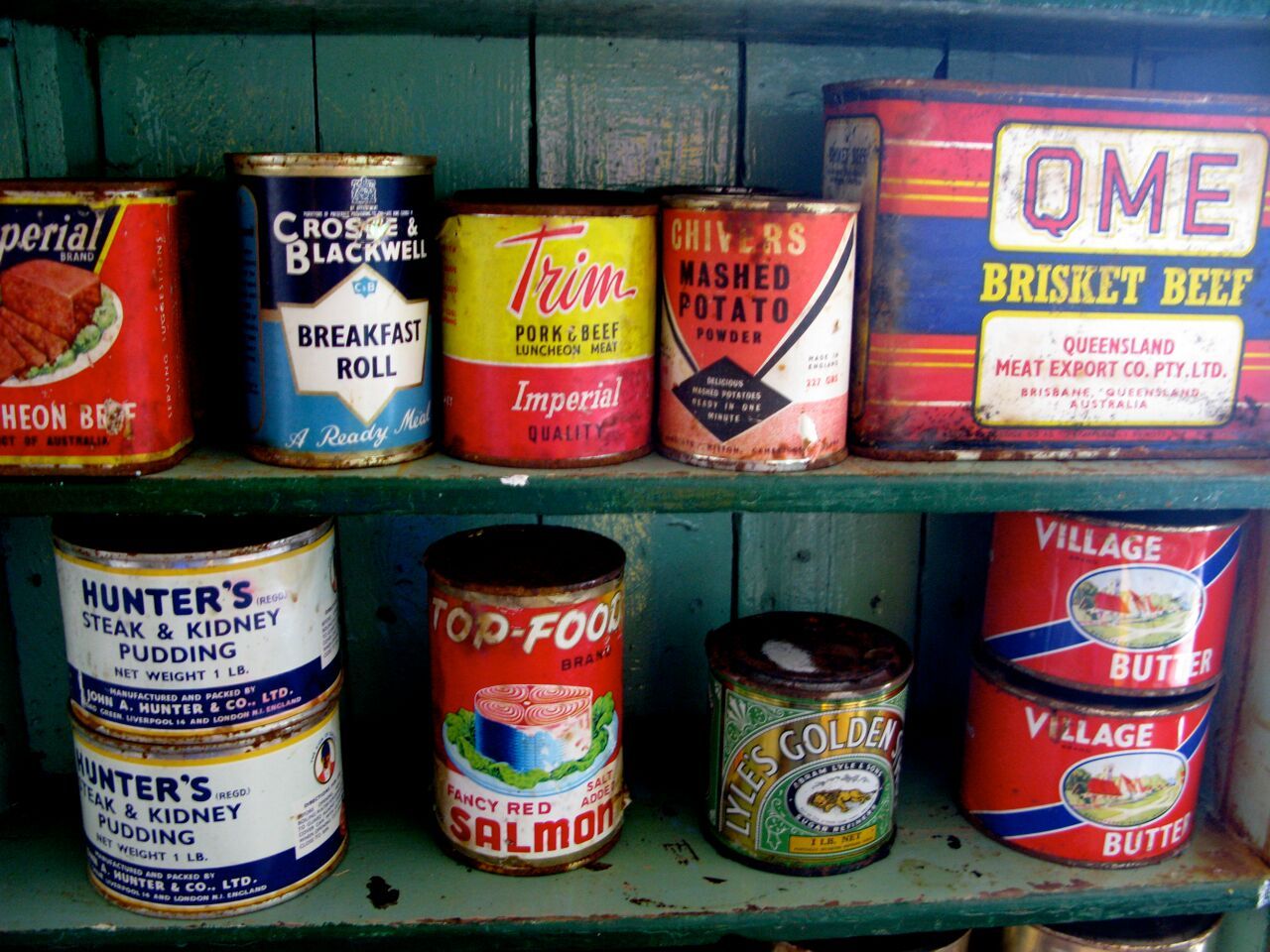Warm-water time bomb could spell disaster for Arctic sea ice
- Julia Vonk
- Articles
- 2 minutes (455 words)
The Arctic is in hot water, literally, following the discovery that heat has been accumulating rapidly in a salty layer of the Arctic Ocean 50 metres down. Currently, it’s being held at that depth by a less dense layer of freshwater overhead, but if the two layers start to mix it could melt all seasonal sea-ice, accelerating the already-rapid loss of polar ice cover.
The sea ice off the coast of northern Greenland is normally some of the thickest in the entire Arctic, with ridges of ice piled as high as 22 meters in some places. Despite the rapid retreat of sea ice across the region due to climate change, this harsh corner of the globe was expected to be the last to retain year-round sea ice cover. However, recent satellite imagery shows that some of the Arctic’s oldest ice has been replaced by miles of open water for the first time on record, surprising scientists and ice monitors.
Researchers discovered the heat time-bomb after analysing available data on ice cover at different depths on sea temperature, heat content and saltiness over the past three decades. The data was gathered around the Canadian Basin, a major basin of the Arctic Ocean fed by water from the North Chukchi Sea, north of the Bering Strait between Alaska and Siberia.
Over this timespan the heat content of the salty layer doubled, from 200 to 400 million joules per square metre. This is enough to reduce the overall Arctic ice thickness by 80 centimetres.
The root cause is global warming, which has seen temperatures in the Arctic rise by 2 degrees from pre-industrial levels – twice the global average – leading to record-low sea ice coverage. The researchers found that with sea ice retreating, heat absorption by exposed surface waters has increased fivefold in 30 years. This comes mainly from direct sunlight, which no longer gets reflected by ice.
With no ice in the way, strong northerly winds push these newly-warmed surface waters at the Arctic fringes down to the depths where they’re now accumulating under the Arctic. The fear is that the freshwater “lid” keeping them there could fall apart.
Mary-Louise Timmermans at Yale University and head of team says: “It could be lost through increased mechanical mixing of the water layers, especially driven by the winds. With continued sea-ice losses, we’d have more wind-driven mixing, and that would erode this natural barrier.”
Loss of a protective “freshwater” layer is already happening elsewhere around the Arctic in the Barents Sea north of Scandinavia, allowing warmer Atlantic waters to flow in and potentially destroy an entire Arctic ecosystem in the North Barents Sea within a decade.



Melting glacier

Comments
Log in to read and post comments